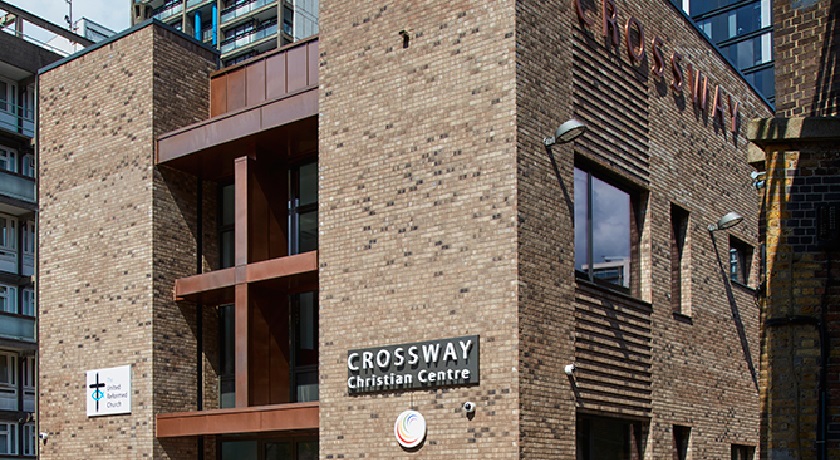 With 19 members and a building about to be demolished, Crossway United Reformed Church might have disappeared. Instead, as the Revd Peter Stevenson recounts, it became a religious hub at the heart of the community.
With 19 members and a building about to be demolished, Crossway United Reformed Church might have disappeared. Instead, as the Revd Peter Stevenson recounts, it became a religious hub at the heart of the community.
'When I came to Crossway, south London, in 2009, there was no eldership, no secretary, no treasurer. They didn’t know they had any reserves or how their church worked. It was a low place to start,' he says.
'But Southwark Council was planning a £3bn regeneration project in Elephant and Castle, London, and I went to every meeting going. That helped church become more a part of the community. I became borough dean, which took me into the council offices, then set up a chaplaincy there.
'That was a pass to all desks in the council, so I got great advice from officers about how to navigate the system. Chaplaincy also gave me a top table seat with councillors, who I invited to the old church building.
'We’d already opened up to other worshipping congregations, and the council was looking into the problem of faith communities renting unsuitable properties. They realised these churches could come to Crossway, and got excited about what we could achieve with a new building. They said it would be ‘the jewel in the crown of regeneration’ – which was a phrase I quoted back to them a lot.
'We created an in-depth heads of terms – legal protocols to establish intentions – which prevented costcutting later on. I wanted to ensure that the new building was not just ‘good enough for Elephant and Castle’ but the best it could be.
'Within the denomination, there was some discussion about what should happen with the church here, because developers were offering £1.75m for the church. We also have income from residential and commercial properties that were built on an old chapel, and we had to sell the manse too.
'All together that could raise £5m, which is a lot of money when there are only 19 members here. But I argued that we had got to keep a presence in Elephant and Castle. This was an opportunity to build the wider church, build the community and build the congregation …'
If you would like to read the rest of this article, published in the December 2017 / January 2018 edition of Reform, then subscribe here.




